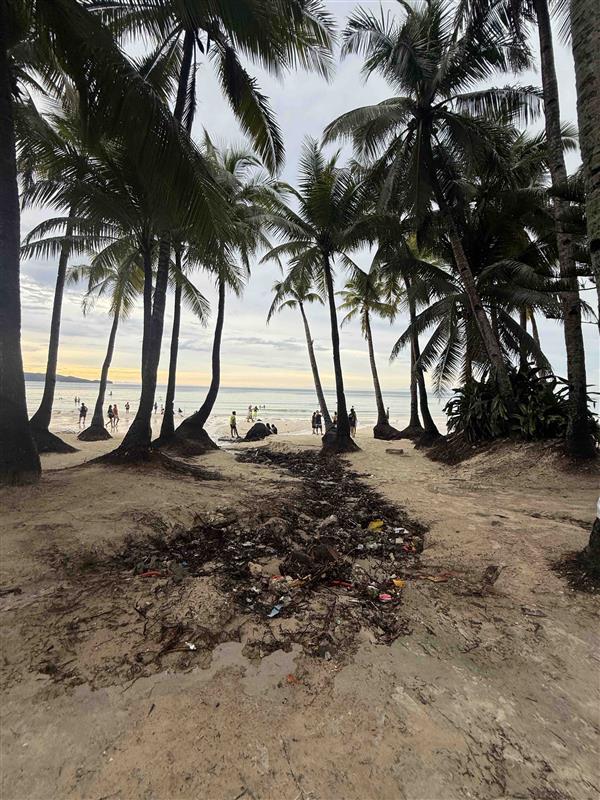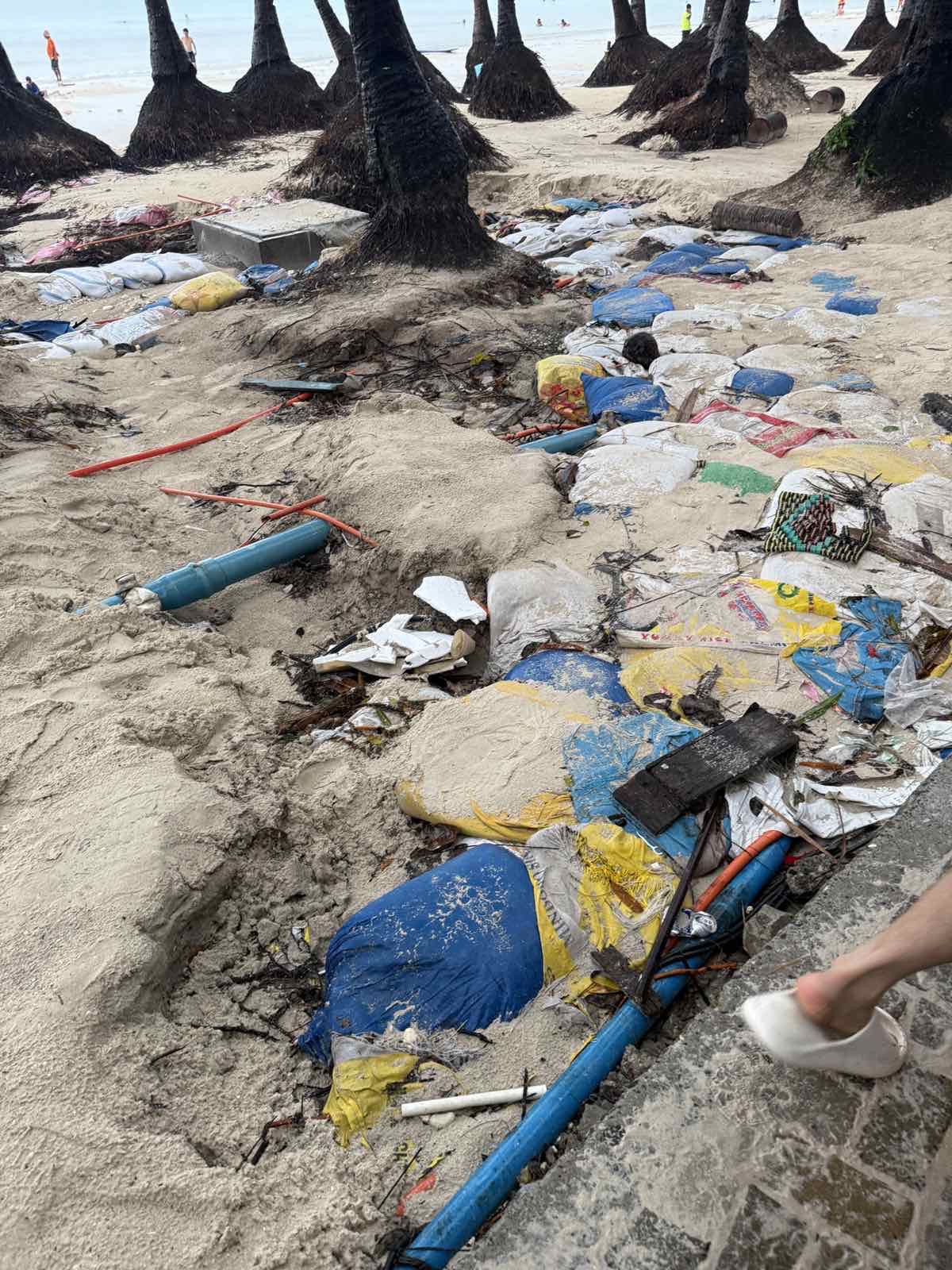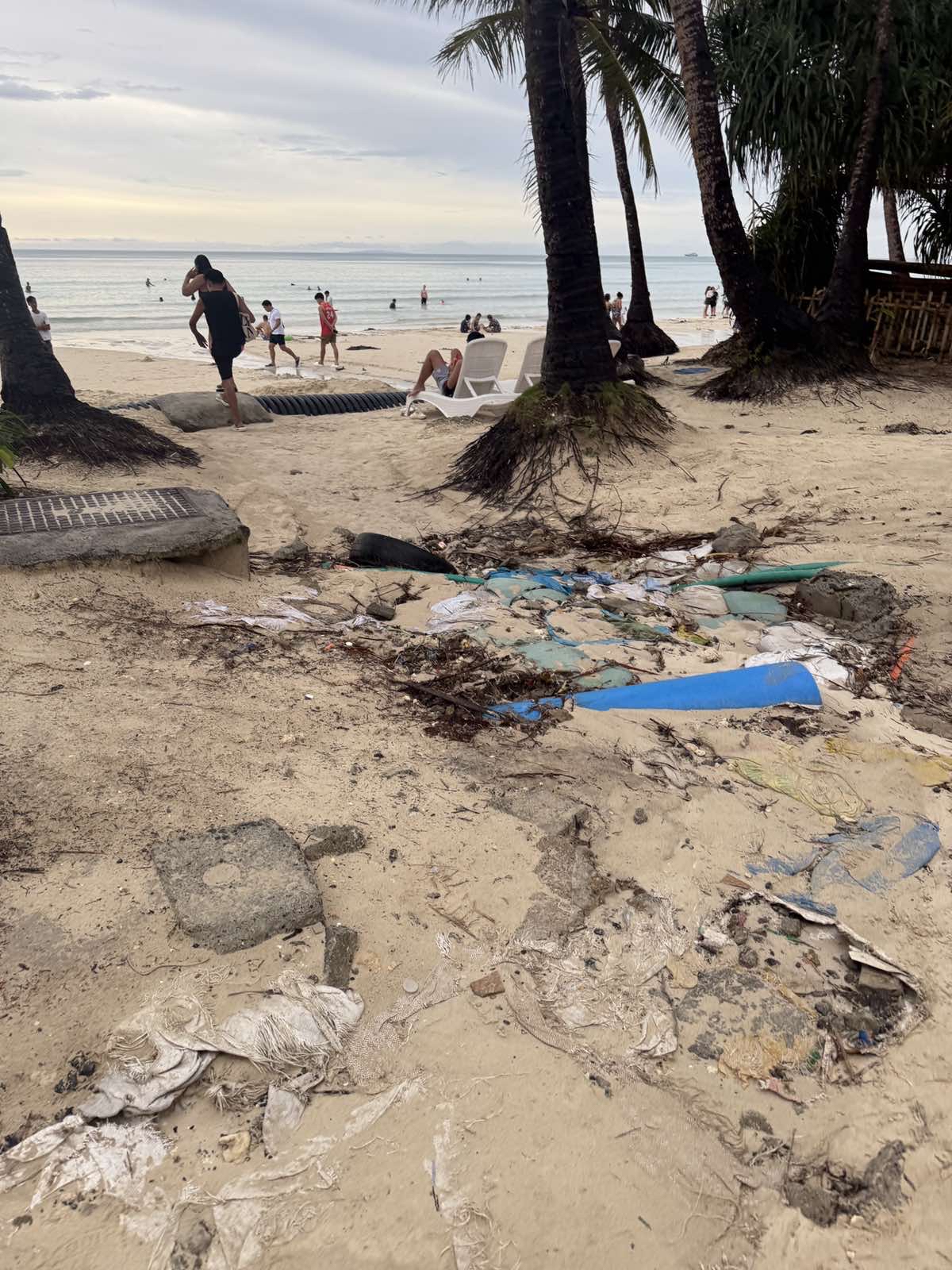The Philippines continues to fall behind its neighbors in Southeast Asia in attracting international travelers, even as the Department of Tourism (DOT) maintains an ambitious agenda. The disconnect between policy declarations and on-the-ground performance raises difficult questions about leadership, accountability, and execution.
According to the DOT itself, it welcomed about 5.65 million international arrivals in 2024 — significantly below the agency’s target of 7.7 million. Meanwhile, industry observers highlight that the Philippines only drew about 2.1 million of Southeast Asia’s roughly 48.5 million arrivals during the first four months of 2025, pointing to poor performance compared with regional peers.

The DOT describes its mission as developing “a globally competitive, environmentally sustainable, and socially responsible tourism industry that promotes inclusive growth.” But promotion alone does not translate into steady growth without operational backbone and coordination.

Leadership Mismatch
One of the enduring problems is the gap between strategy and execution. At a year-end briefing, the Tourism Secretary highlighted high visitor receipts, longer stays, and higher spending per tourist rather than simply arrival numbers. Yet across the country key destinations continue to suffer from infrastructure bottlenecks, weak access, and below-par service standards, according to analysts. For example, one report noted that the Philippines remains “not a priority ASEAN destination” thanks to inadequate transport infrastructure, cost barriers, and weak accessibility.
This mismatch points to a leadership approach focused more on branding, campaigns, and big targets than on the continuous nitty-gritty of destination governance, local service quality, and infrastructure upkeep.
Accountability Blind Spots
When tourism-dependent locations struggle with sanitation, aging infrastructure, connectivity issues, or weak enforcement of regulations, it falls upon the DOT to coordinate among national agencies, local governments, and private stakeholders. The fact that arrival numbers remain behind makes the absence of such sustained oversight glaring.
For instance, in the first quarter of 2025, the Philippines recorded 1,654,079 visitor arrivals, a slight drop versus the same period last year. The DOT must ask why destinations with high potential are not delivering or being leveraged better.
Branding Versus Delivery
The DOT has invested heavily in global promotion, overseas offices, and marketing campaigns. Those efforts are necessary but far from sufficient. If tourists arrive only to encounter weak connectivity, service inconsistencies, or poorly maintained infrastructure, then the brand quickly becomes hollow.
One analyst commented that the Philippines risks losing credibility if it markets itself as premium or world-class while the lived experience is anything but.
Infrastructure and Connectivity: Still the Achilles Heel
Many industry experts identify infrastructure and connectivity as key constraints. Airports, roads, ports, lodging, and local tourism services must meet international standards or risk undermining the entire value proposition.
One media outlet observed that while other Southeast Asian countries are improving infrastructure rapidly and following through on access, the Philippines remains plagued by “high costs and weak accessibility”.
What Leadership Must Do
For the DOT’s leadership to close the performance gap, it must:
- Shift from a promotion-only mindset to a destination-governance mindset that focuses on infrastructure, maintenance, service quality, and local coordination.
- Establish clear accountability frameworks and transparent performance indicators so that local tourism offices, LGUs, and private-sector partners are held responsible for outcomes.
- Ensure multi-agency coordination that aligns infrastructure upgrades, environmental management, and service delivery with tourism targets rather than leaving these to chance.
- Monitor and publicly report on operational weaknesses such as airport delays, connectivity shortfalls, sanitation complaints, and maintenance backlogs so that leadership becomes visible in outcomes, not just publicity.
Why It Matters
Tourism is for the Philippines, not just leisure or branding. It is a major economic lever, especially for regional development, employment, foreign exchange, and global reputation. When the leadership of the national tourism agency fails to convert vision into delivery, the implications extend beyond missed arrivals; they erode trust, investor interest, and stakeholder morale.
The leadership of the DOT is at a pivot point. If it continues to emphasize campaigns at the expense of sustained performance, then the Philippines risks being outpaced not only in arrival numbers but also in the credibility of its tourism brand.

The images of neglected infrastructure, frustrated tourists, half-finished facilities, and underutilized destinations demand more than photo ops. They demand leadership, accountability, coordination, and follow-through. At this juncture the question is no longer whether tourism can recover but whether the DOT leadership is prepared to deliver on what it promises.










